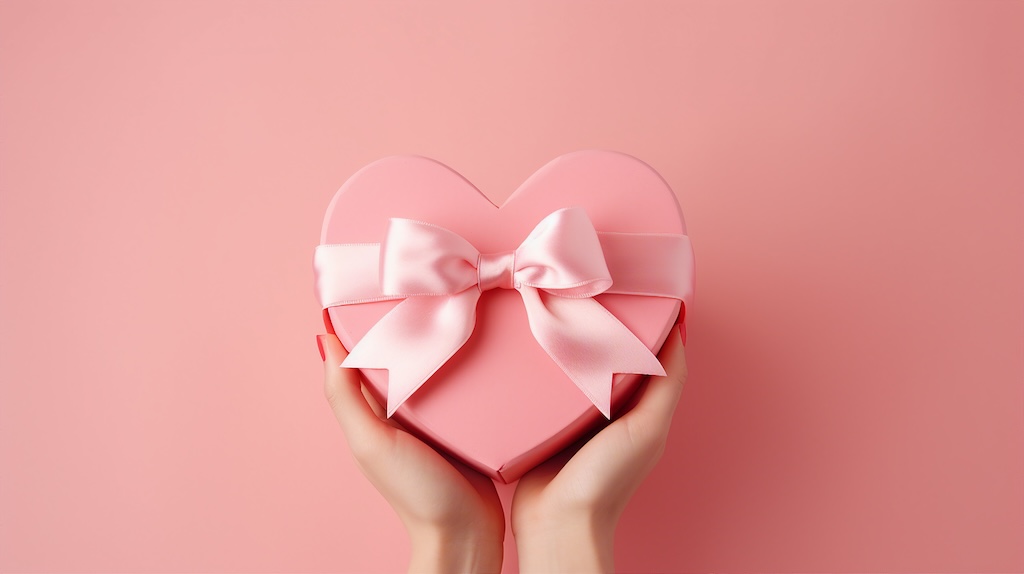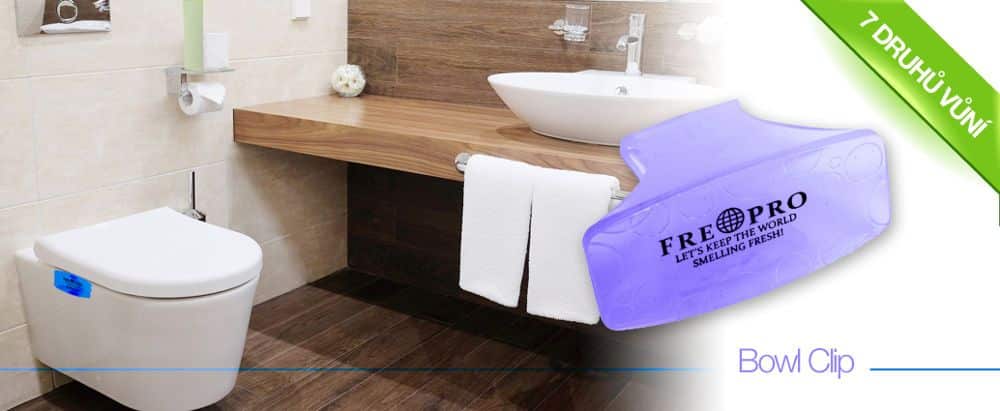Prague
Prague is the capital of the Czech Republic and lies in the middle of Bohemia. It covers an area of nearly 500 sq km and its population is about 1,200,000 inhabitants. Prague is divided into many boroughs[1]. The historical centre consists of the Old Town, Josefov, the Lesser Quarter, Hradčany, the New Town and Vyšehrad. Together they make a town preserve which is quite unique. On the other hand Prague is now surrounded by a ring of modern housing estates serving as residential quarters.
A legend binds the founding of Prague with Princess Libuše of the Přemysl dynasty who prophesised[2] the future glory of Prague, which would “touch the stars”. The oldest settlements[3] of this region started 25,000 years ago. St. Vitus Rotunda, the Prince’s Palace and convent with a church were built in Hradčany in the second half of the 10th century. Prague’s other castle – Vyšehrad – was built in the 11th century and for some time it was the seat of the Czech rulers.
Prague became the imperial residence of Charles IV (1346-1378). During his reign, the archbishopric (1344), the Charles University (1348), the New Town with the Horse Market (now Wenceslas Square), and the Cattle Market (now Charles Square) were founded in Prague. Charles IV promoted the construction of other important buildings such as St. Vitus Cathedral and the Charles Bridge.
In 1918 Prague became the capital of Czechoslovakia. Prague is the seat of our President, the Czech Government, all important state Ministries and the Czech Parliament.
Prague is also an important industrial and business centre and transport crossroad. It is the industrial centre of engineering, food-industries, ready-made garment, chemical, and polygraphic industries and tourism.
It is also a cultural centre of the republic and can offer many outstanding theatrical and musical performances (e.g. the Prague Spring International Music Festival in May-June each year). We can find here the best theatres, galleries and museums such as:
The National Museum at the top of Wenceslas Square.
The National Gallery which is spread out in various locations in Prague: Gothic art in St. George Church at the Prague Castle, Czech 19th century art in St. Agnes Monastery, sculpture collection in Zbraslav.
The National Theatre, built in the late Renaissance style from a public money collection in the second half of the 19th century. Before its ceremonial opening in 1881 it was severely damaged by fire and was rebuilt within the next two years. The best artists of the 19th century decorated the theatre (M. Aleš, F. Ženíšek, V. Hynais).
Other important places of culture include the Smetana Theatre, the Palace of Culture, the Magica Laterna, the Lucerna Hall, the Tyl Theatre, the Vinohrady Theatre, the Semafor, the Viola, the Činoherní klub, Divadlo na zábradlí and many new clubs for young people and young art e.g. Bunkr, Rock Café etc.
Many world-known personalities lived or spent some time in Prague, e.g. Mozart, Beethoven, Einstein etc. And many famous personalities visited Prague such as the Pope, George Busch, Queen Elizabeth II. etc.
Prague is also an important centre of sports. There are many stadiums, parks (Letná, Stromovka, Kampa, Petřín) and swimming pools. The biggest stadium is Strahov, which was built by the communists. In Prague there are many sports clubs.
A majority of Czech universities, colleges and student residences is in Prague.





